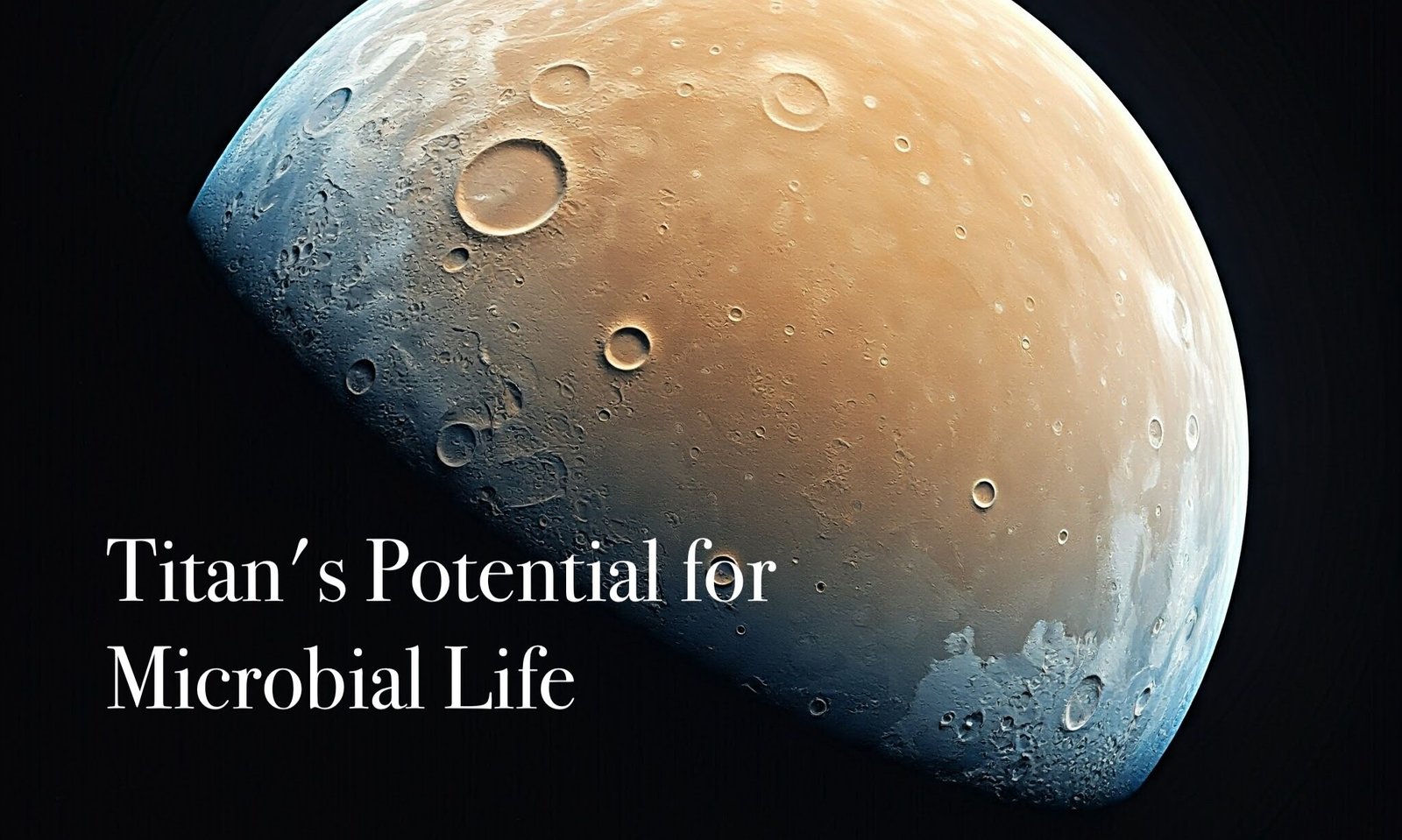Mission Overview
Boeing’s Starliner spacecraft completed its Crew Flight Test (CFT) mission on September 7, 2024, marking a significant milestone in the Commercial Crew Program. The mission, which began on June 5, 2024, was intended to transport astronauts Butch Wilmore and Sunita Williams to and from the International Space Station (ISS). However, due to technical challenges, the spacecraft returned to Earth uncrewed.
Launch and Initial Objectives
The Starliner launched aboard an Atlas V rocket from Cape Canaveral, Florida. This mission was crucial for Boeing, aiming to demonstrate the spacecraft’s capabilities and reliability following years of delays and setbacks. The launch marked the first test flight carrying astronauts, with Boeing’s contract with NASA valued at approximately $4.2 billion.
Technical Challenges
Shortly after launch, the mission encountered several technical issues:
Helium leaks: Critical for pushing fuel into the propulsion system, these leaks were detected before and after launch.
Thruster malfunctions: Five of the spacecraft’s 28 reaction control system (RCS) thrusters failed, delaying the first docking attempt with the ISS.
Overheating issues: Preliminary findings suggested that overheating within the thrusters could lead to the bulging of Teflon seals, restricting propellant flow and causing unexpected shutdowns.
These problems raised serious concerns about the vehicle’s safety for crewed flights and led to significant changes in the mission plan.
Mission Extension and Decision-Making
NASA and Boeing decided to extend the mission beyond its planned duration to allow for further troubleshooting and analysis of the thruster problems. The decision to proceed with the launch despite known issues raised questions about risk management practices.
Due to safety concerns, NASA ultimately deemed the spacecraft too risky for the astronauts’ return journey. As a result: The planned eight-day stay for Wilmore and Williams aboard the ISS was extended to eight months, with a new return date set for February 2025. NASA decided to utilize SpaceX’s Crew Dragon spacecraft for the astronauts’ eventual return.
Autonomous Return of Starliner
On September 6, 2024, the Starliner undocked from the ISS and began its autonomous return journey. Key points of the return: The spacecraft landed successfully at White Sands Space Harbor in New Mexico on September 7, 2024. This marked the third successful touchdown for the Starliner, following two uncrewed test flights in 2019 and 2022. The capsule carried equipment and the “Boeing Blue” spacesuits worn by the astronauts.
Implications for Boeing and NASA
The challenges faced by the Starliner program have raised concerns about Boeing’s ability to deliver a reliable spacecraft for NASA’s Commercial Crew Program. Key implications include:
Delayed timeline: The first operational mission, Starliner-1, is now slated for August 2025 at the earliest. Competitive pressure: SpaceX’s Crew Dragon has successfully completed multiple crewed missions since its certification in 2020, highlighting the competitive landscape in commercial spaceflight. Future uncertainty: While NASA has expressed continued support for Boeing, the company faces pressure to resolve issues and regain confidence in its spacecraft.
The Boeing Starliner mission serves as a reminder of the complexities and challenges associated with developing new spacecraft for human spaceflight. While the successful return of the Starliner is a positive step, the technical issues encountered underscore the need for thorough testing and risk management in the aerospace industry. As Boeing works to address these challenges, the future of the Starliner program remains uncertain, with many eyes on the company as it seeks to regain its footing in the competitive world of commercial spaceflight.




